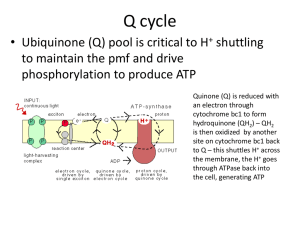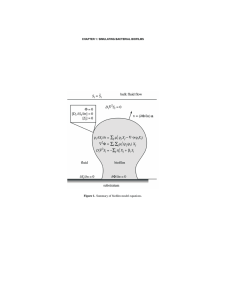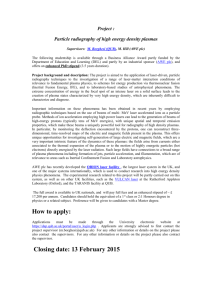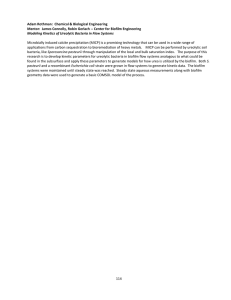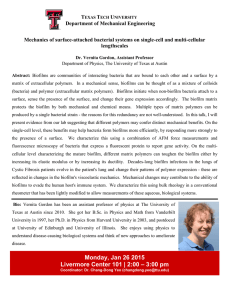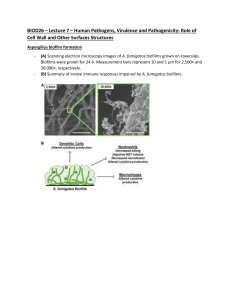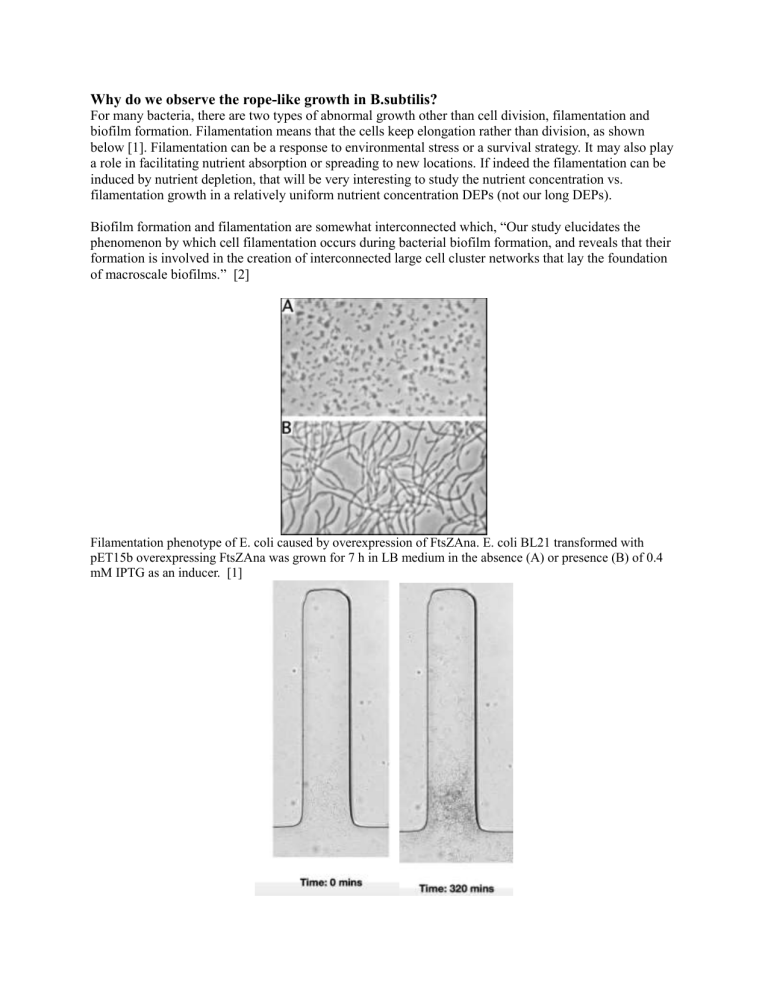
Why do we observe the rope-like growth in B.subtilis? For many bacteria, there are two types of abnormal growth other than cell division, filamentation and biofilm formation. Filamentation means that the cells keep elongation rather than division, as shown below [1]. Filamentation can be a response to environmental stress or a survival strategy. It may also play a role in facilitating nutrient absorption or spreading to new locations. If indeed the filamentation can be induced by nutrient depletion, that will be very interesting to study the nutrient concentration vs. filamentation growth in a relatively uniform nutrient concentration DEPs (not our long DEPs). Biofilm formation and filamentation are somewhat interconnected which, “Our study elucidates the phenomenon by which cell filamentation occurs during bacterial biofilm formation, and reveals that their formation is involved in the creation of interconnected large cell cluster networks that lay the foundation of macroscale biofilms.” [2] Filamentation phenotype of E. coli caused by overexpression of FtsZAna. E. coli BL21 transformed with pET15b overexpressing FtsZAna was grown for 7 h in LB medium in the absence (A) or presence (B) of 0.4 mM IPTG as an inducer. [1] Our experiment for B.subtilis. The filamentation is clear after 4 hours. The longer rope we have observed may just be an extremely long elongation. Many literatures also claim that E.coli will perform filamentation as well. We have not seen a clear filamentation during our E.coli experiment so far. [1] I. Kuhn, L. Peng, S. Bedu, and C.-C. Zhang, Developmental Regulation of the Cell Division Protein FtsZ in Anabaena Sp. Strain PCC 7120, a Cyanobacterium Capable of Terminal Differentiation, J Bacteriol 182, 4640 (2000). [2] S. Anbumani, A. M. Da Silva, I. G. B. Carvalho, E. R. Fischer, M. De Souza E Silva, A. A. G. Von Zuben, H. F. Carvalho, A. A. De Souza, R. Janissen, and M. A. Cotta, Controlled Spatial Organization of Bacterial Growth Reveals Key Role of Cell Filamentation Preceding Xylella Fastidiosa Biofilm Formation, Npj Biofilms Microbiomes 7, 86 (2021).
